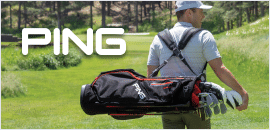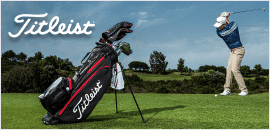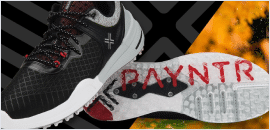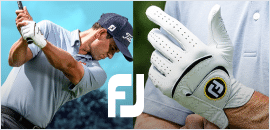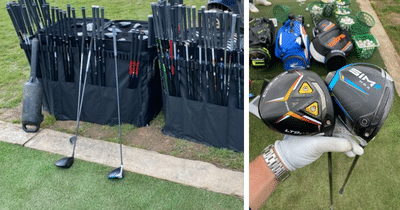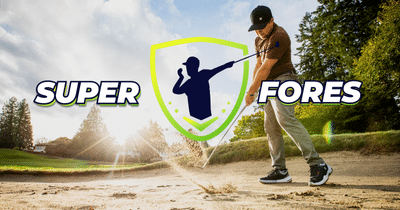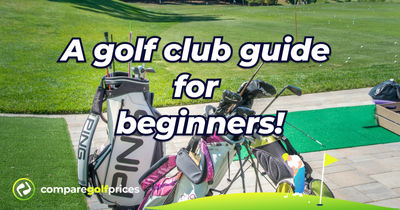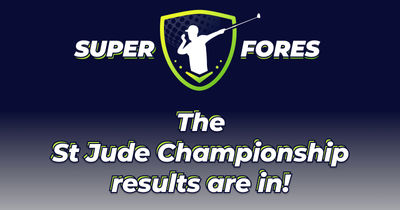Different golf balls explained
The impact of different golf ball layers explained.....

We all know there are a host of different options out there when it comes to choosing what golf clubs to buy, but when it comes to choosing your golf ball, things are a lot simpler, right? Surely, a ball is just a ball?
No. The golf ball market is every bit as wide-ranging and competitive as that for clubs, with balls tending to be split into four distinct categories depending on how many different layers are involved in its construction.
ONE-LAYER BALLS
We don’t have to spend too long on this. One-layer balls are the simplest type of golf balls in existence, but are hardly ever found on an actual golf course.
With only one layer of material – generally Surlyn – the only benefit to these balls is their durability, hence why they tend to be found on crazy-golf courses or driving ranges. You won’t find them for sale in your club shop for use on a course.
Example: Range balls
TWO-LAYER BALLS
The two-piece golf ball blends two materials – a rubber centre surrounded by a shell made of Surlyn or soft urethane.
Two-piece balls tend to be the cheapest on the market, and they are a good choice for the high handicapper or novice still learning the game as they tend to provide a decent blend of distance and durability.
The firm polymer cover tends to slide up the clubface slightly at impact, meaning two-layer balls launch higher than balls with more layers.
They tend to suit players with a slower swing speed, and are designed to fly straighter and spin less than multi-layer balls. However, their lack of spin is their main downside to players with more expertise around the greens.
Examples: Callaway SuperSoft, Srixon Distance, Srixon Soft Feel, TaylorMade RBZ, Titleist Velocity, Titleist TruFeel, Wilson Duo.
THREE-LAYER BALLS
Three-layer balls tend to be the ball of choice for most keen amateur golfers and a number of professionals on the PGA and European Tours.
The third layer in a three-piece ball is the layer that sits between the core and cover, and that tends to provide added performance and offer a compromise between distance and feel.
The balls have a softer feel than two-piece balls, and generally offer greater spin. Three-layer balls tend to have a softer cover, which helps generate even more spin around the green.
When they were first created, the main downside to three-layer balls was that they resulted in a reduction in distance. However, gradual improvements over the last decade or so mean that is not really the case anymore.
Examples: Bridgestone Tour B, Callaway ERC Soft, Srixon Z-Star, Titleist Pro V1, Wilson Staff Model.
FOUR-LAYER BALLS
The core of a four-layer ball is made up of two different materials, which should offer significantly better precision than a three-layer ball.
A thin outer layer, typically made of urethane, enables the clubface to ‘grab’ the ball on impact, increasing levels of spin. The intermediate layers between the core and exterior help impart even more spin on well-hit approach shots.
The main negative with four-layer balls is that they are significantly more expensive than their three-layer equivalents, with potentially negligible benefits unless the swing speed is high. Professionals will be able to notice the difference – even relatively low-handicap club players might struggle.
Examples: Callaway Chrome Soft X, Mizuno RB Tour, Srixon Z-Star XV, Titleist Pro V1x, Vice Pro Plus.
FIVE-LAYER BALLS
Five-layer balls remain relatively uncommon, although there is a good chance that more will begin to appear on the market in the next few years.
The theory behind adding a fifth layer is that it will make four-layer balls even softer, resulting in a high compression without a firm feel.
However, the fact that relatively few professionals have felt the need to move to a five-layer ball underlines how unforgiving they can be if the club connection is not perfect.
Examples: Callaway HEX Black Tour, Callaway Speed Regime 2, Taylormade TP5, Taylormade New Tour Preferred X
Don’t forget when buying golf balls, clubs, trolleys, bags or anything else we have our GoLowPro option where you can get a bespoke price from a local pro shop who will aim to better any online price. Find out more here: GoLowPro.
Sign Up to hear about the Latest Deals and News from the Golf World.
No Boring Spam! We will only send it, if it’s the absolute mutts nuts!



